There is nothing more frustrating to a beekeeper than working with a shady smoker.
Putting down a smoker to work on the hive, to realize that the smoke has gone out, it’s not only annoying but can be dangerous as well.
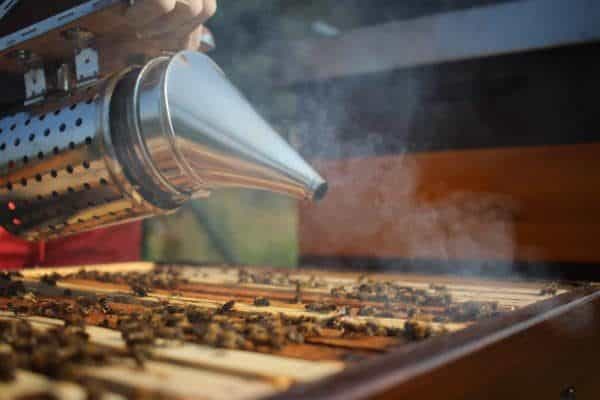
The smoker is what makes the relationship between the beekeepers and the bees more civil and painless. Without a proper smoker, bees are likely to get more agitated, therefore attacking the beekeeper. And without high-quality smoker fuel, it can be a challenge.
Below we will discuss smoker fuels in detail, provide a few examples, and go over how to stay safe while using a bee smoker.
What Is A Bee Smoker?
To put it simply, a bee smoker is a metal tool that can be described as a mediator between the bees and the beekeepers. It is used to calm the bees in a hive while the beekeeper works around them.
If you are interested we cover this in detail in another article we have written, Why Do Beekeepers Use Smoke?
The smoke triggers a reaction in the bees, leading them to believe that the hive is on fire. The bees react to the signal by consuming as much honey as possible before the fire spreads.
There is a popular opinion that claims this “simulation” forces the bees into a food coma. Although this is probably partially true, the effect of smoke on the hive is more chemical.
When bees are alarmed, they send out a signal via chemicals called isopentyl acetate and 2-heptanone.
These chemicals work as an alarm system, alerting other bees, who in turn produce more of the chemical.
Before long the entire hive is at full alert and ready to attack anything that comes near.
Smoke interferes with the bees’ ability to smell (the antennal electroantennographic response) these pheromones.
Although smokers have been traditionally used, strong floral odors can produce the same effect.
This effect is reversible and the bees antennae will slowly return to normal after 10 – 20 minutes.
What Is Smoker Fuel?
Smoker fuel is, in essence, the “fuel to the fire”. In order for your bee smoker to produce smoke, it needs to be filled with a long-lasting, easy-to-light material.
You can purchase bee smoker fuel from just about any beekeeping supply store. These fuels are usually made from wood pellets, cotton fiber, or burlap.
However, you can also create your own smoker fuel, providing you use the correct materials.
Using burning material with a high oil content will produce the most smoke and last the longest, as the oils in the dried material slow down the rate at which it burns.
Different Types Of Smoker Fuels
There are loads of different types of smoker fuels on the market. Finding the best smoker fuel is usually a mixture of the characteristics of the material and personal preference.
Natural materials such as pine needles, dried citrus peels, and herbs make great long-lasting smoker fuels.
A mixture of good burning material with easily lighting material such as brown paper or leaves and twigs will leave you with a long-lasting, easy-to-light smoker.
You can find some of these smoker fuels from your local beekeeping store, while others you can forage for while taking a stroll in the woods.
Here is a list of some of the most common smoker fuels, along with their pros and cons.
Cotton Smoker Fuel (husk and seed debris)
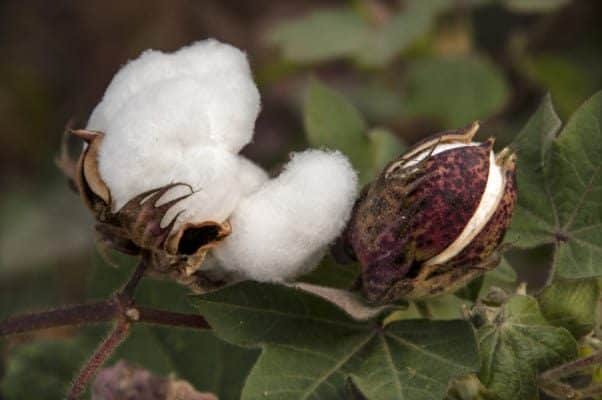
Pros
1. Never burns with an open flame. As a result, the smoldering gives off a cool smoke.
2. Smokes consistently
3. Because it smolders it lasts longer than other fuels
4. Does not block up the smoker lid because it does not contain resin
Cons
1. It can be difficult to find
An alternative cotton smoker fuel is 100% cotton circles which come highly recommended and should burn for approximately 30 minutes.
Burlap
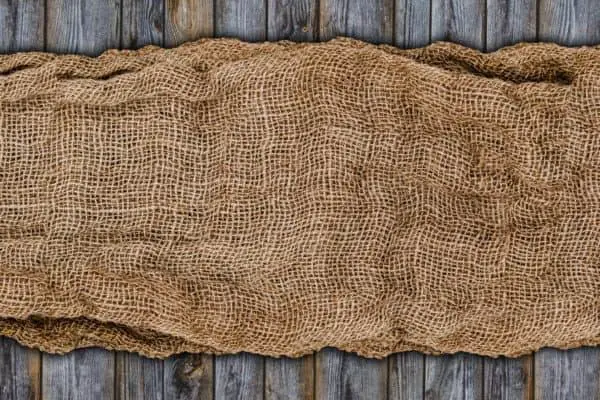
Pros
1. Fairly easy to find, and can be made from old burlap bags.
2. Smolders at very low heat.
3. Will provide consistent smoke.
4. Does not contain resin so it will not gum up your smoker lid.
Cons
1. When making your own from old bags it takes preparation as they should be left out in the sun and rain to wash away any chemicals.
2. New and unweathered material can sometimes be difficult to light.
Wood Pellets
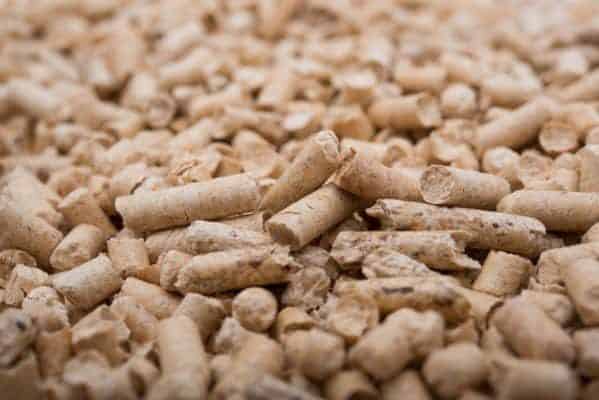
Pros
1. Easy to find and an economically good choice.
2. You do not need to use many pellets to keep the smoker going.
3. They burn for approximately 20 -30 minutes per load.
Cons
1. The pellets burn with an open flame.
2. The smoke that is produced is hotter due to the pellets burning with a flame.
3. They contain resin and will gum up your smoker over time.
Cardboard (corrugated Material)
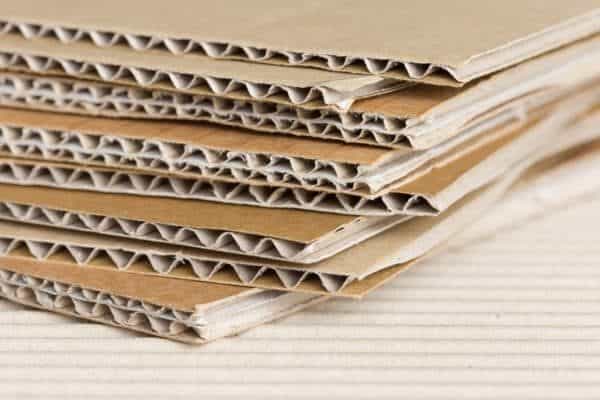
Pros
1. Extremely easy to find.
2. Cardboard is a cheap material and will not break the bank.
3. You can easily cut it to the dimensions that best suit your smoker and personal needs.
Cons
1. The smoke burns hot, and could be the hottest when compared to other fuels.
2. Cardboard does not burn for a long time.
3. There is no way of knowing what chemicals are in the material if you are making fuel from cardboard at home.
4. Some corrugated material contains resin and will block up your smoker.
Pine Needles
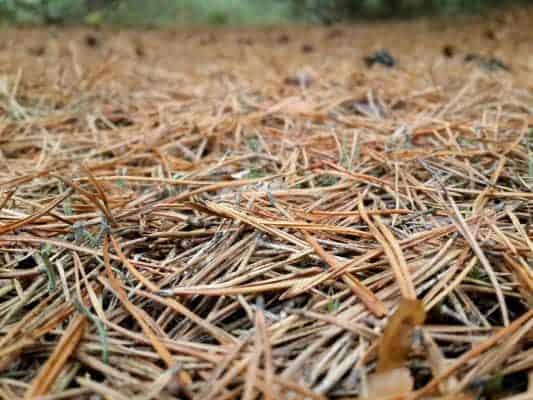
Pros
1. Easy to find if you have pine trees in your area.
2. Free if you forage them yourself.
3. Easy to light.
4. Pine needles smoke consistently.
Cons
1. Pine needles release hot smoke when burned.
2. There needs to be a layer of new unburnt needles between the burning needles and the top of the smoker.
3. The open flame causes pine needles to burn quickly.
4. Resin in the needles will gum up the lid of your smoker.
What Is The Best Type Of Smoker Fuel?
There are different factors that go into what you may consider the best smoker fuel. Considering price, availability, smoke quality, and smoking time, the best, and possibly most commonly used bee smoker fuel is 100% organic cotton.
This material does not have an open flame so you do not run the risk of an ember flying into the hive, the smoke is cool, and your smoker will not go out every time you put it down.
As a close second, burlap can be used. The reason burlap comes in as second is because it has a shorter burn time than cotton and is slightly more difficult to light.
Smoker Hazards And Precautions
Although using a smoker is an almost unavoidable task for beekeepers, there are a few risks involved, both for your personal safety as well as the health of your bees and their hive.
What Not To Use As Smoker Fuel
Some smoker fuel can be hazardous to your bees and their health. Avoid using the following when purchasing fuel or making your own:
- Synthetic materials.
- Plants that are harmful to bees or deter insects. (You can find a list of plants to avoid in your smoker here.)
- Lighter fluid, kerosene, gasoline, and other chemical fire starters.
Smoke Risks To The Bees
Smoke does not harm the bees, but if the improper practices are made, there are some risks that your hive could face.
The following should be avoided to assure the safety of the hive:
1. Using Hot Smoke: If you pump smoke that is too hot into a hive there is a risk of burning the wings of the bees inside. Alternatively, embers from the burning material could find their way into the hive. If this happens the bees may panic and leave the hive.
This could result in the queen getting lost in the garden and the complete collapse of a once healthy hive.
2. Using Too Much Smoke: Using too much smoke could send the bees into a panic. Don’t over smoke the hive. Using only one puff at the entrance of the hive should be sufficient. Assess the situation and add smoke sparingly when needed.
3. Don’t Open The Hive Too Early: Bees can sometimes act unexpectedly. Do not open the hive straight after smoking. Instead, wait a minute and observe how the bees react.
This is a different story if you are thinking about using a bee smoker on a wasps nest. You can check the article we have written on that here, Would a Bee Smoker Work on Wasps?
Human Dangers Of Bee Smokers
When working with a bee smoker, never forget you are playing with fire. Fire is hot, and smoke is bad for our health.
Although bee smokers are made to be safe, the risk of an out of controlled fire or smoke inhalation is always a possibility.
To ensure personal safety always light your smoker in a non-flammable area, make sure there is water nearby, and make sure that your smoker is in good condition with a heat protector in place.
We have an entire article dedicated to safely lighting and managing your smoker. It is really worth the read, Step By Step Guide To Lighting And Maintaining A Bee Smoker
The Wrap Up
Smoker fuels come in many different forms, and it is up to each individual to decide what they prefer to use.
When deciding on a type of fuel, every beekeeper should consider the temperature of the smoke, how long the fuel burns for, the availability of the fuel, and how easy it is to light.
Whatever you choose, always make sure the fuel is non-toxic to bees and follow the correct bee smoker guidelines in order to keep yourself and your bees safe and healthy.
